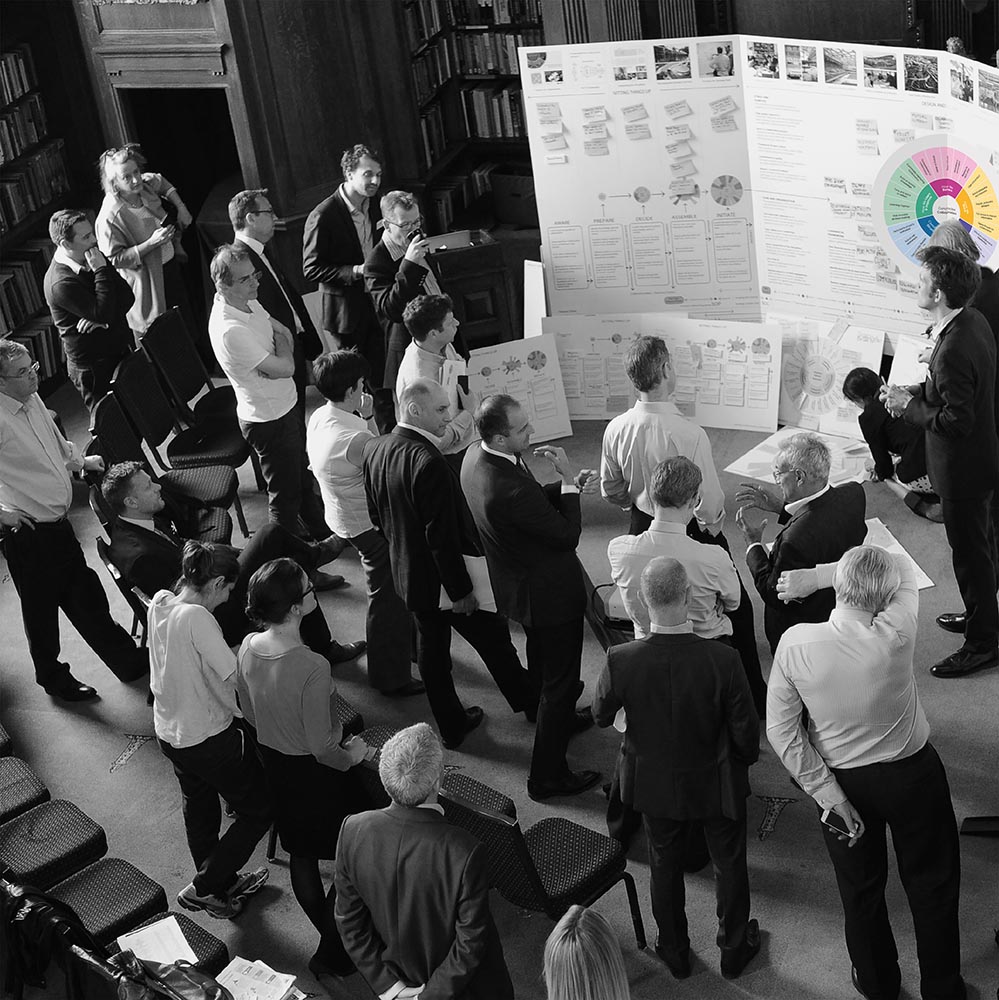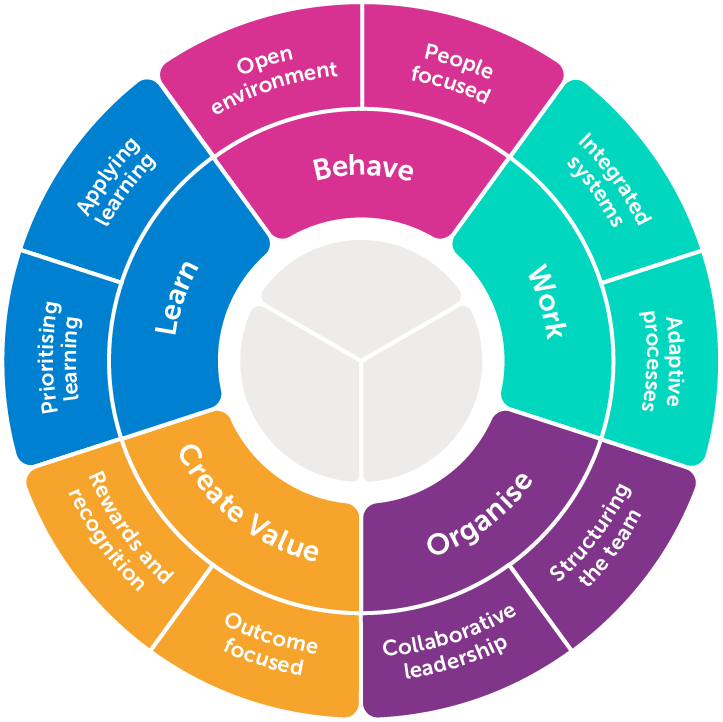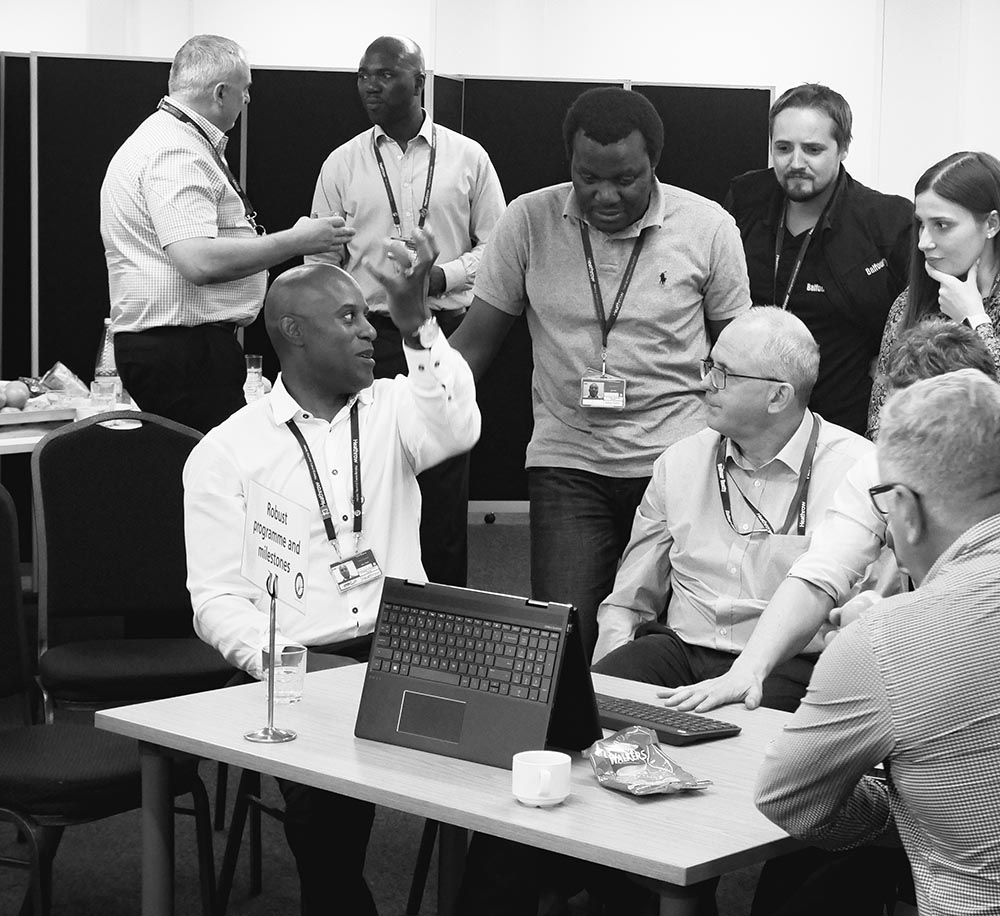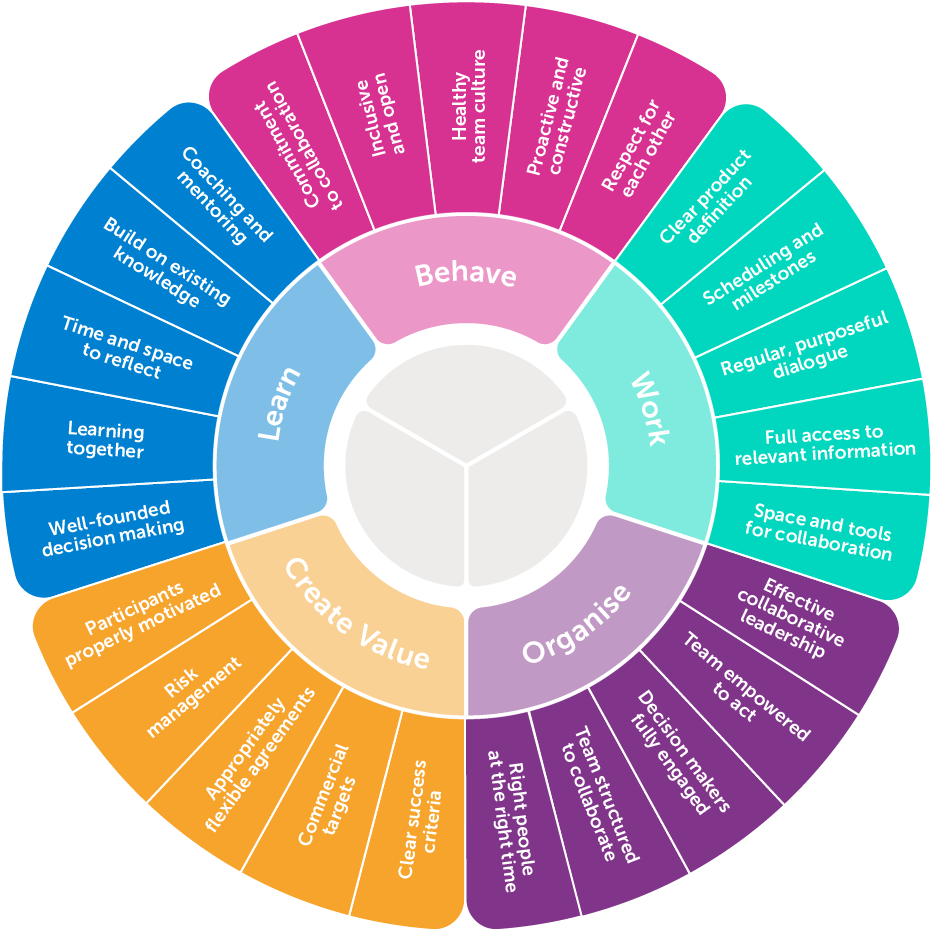Core Process
The Constructive Collaboration (CC) process helps teams to collaborate effectively and to deliver better outcomes.
Teams draw on methods, digital tools and resources that support them through a progressive, challenging and engaging journey of self-improvement.
Hugh Christie Senior Project Manager Heathrow
Initiate
Assuming the need and the desired outcomes of the initiative are well defined, key leaders should have a broad vision of how the challenge should be addressed.
At this stage, the CC approach provides prompts to help ensure that key collaborative building blocks are in place and that key actors are aligned.
The initial team should be identifying and filling any gaps, devising a broad strategy. This phase is about framing the way forward and outlining the initial direction and ethos before the early team assembles in the next stage.
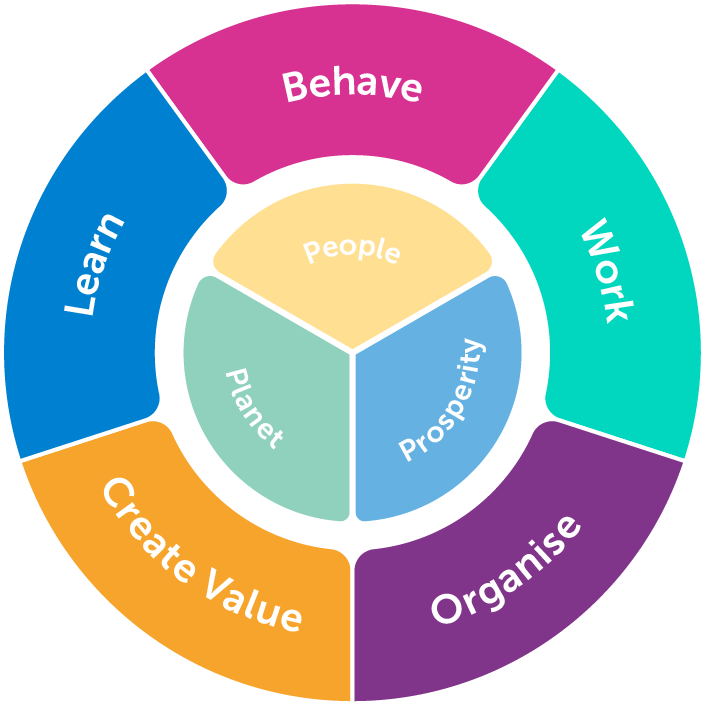
Effective onboarding
Constructive Collaboration (CC) provides a unique evidence-based methodology supported by rich onboarding material for individuals and project teams.
This material fuses learning from over 60 project years of support to delivery teams with insight from key individuals and experts.
The material is designed to be used alongside the CC process. It helps teams understand what aspects should be encouraged and what should be avoided at each stage of the collaborative lifecycle.
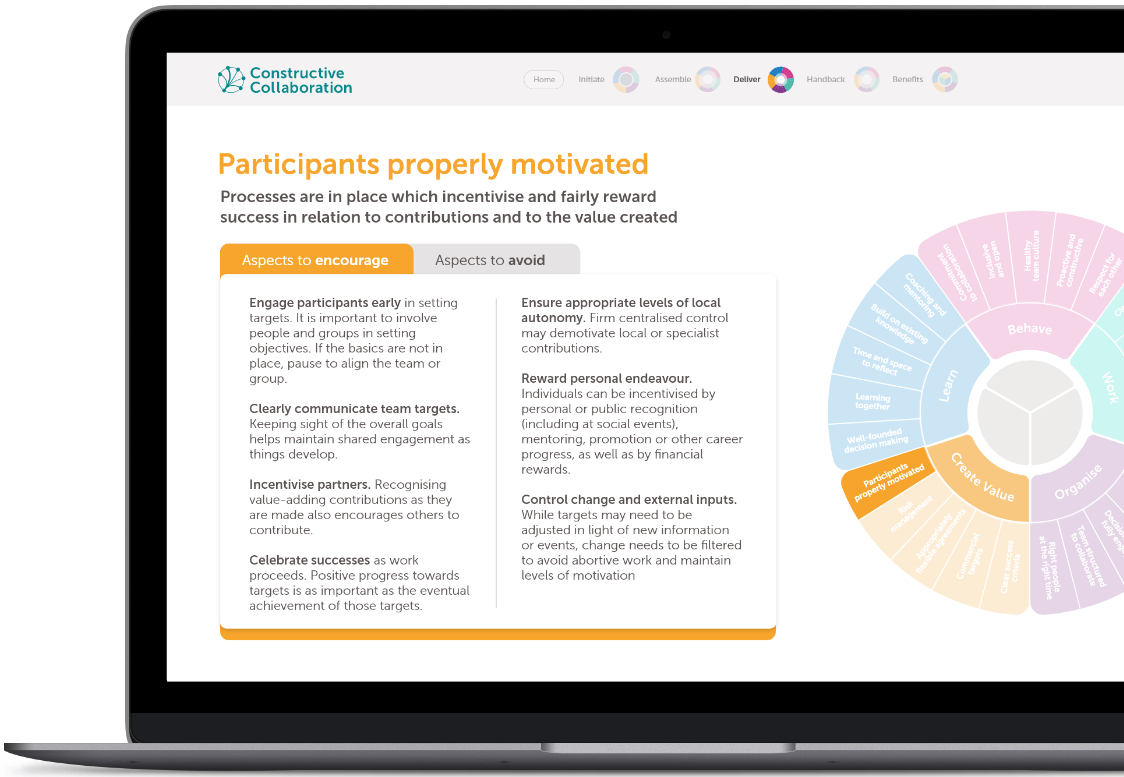
Once the team had been through the process they were won over... it was 'scarily accurate'. A culture of root cause analysis and simple prioritisation led to easily achievable actions.”John Dyson VP GSK Capital Strategy & Design
Convening teams
Experienced process-led facilitators help teams deploy the CC process and come together. They provide an independent and balanced perspective which helps to engage the whole team.
CC empowers teams to identify the issues that matter to them and collectively create solutions through SMART deliverable actions.
CC is pleased to work alongside other skilled collaborative professionals who might focus on complementary one-to-one consulting, coaching and training.

Adaptive collaboration
In response to the pandemic and importance of remote working, the CC process has added flexibility to suit needs of fully remote, hybrid and in-person sessions.
The CC process allows remote subgroups to take place at different times. Remote sessions often assemble a wider array of people with different time and locational constraints to hear each other’s views and to align themselves.
